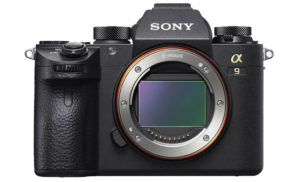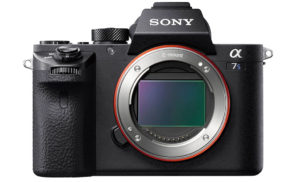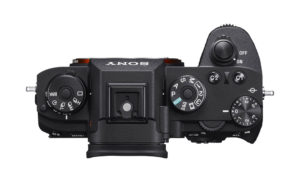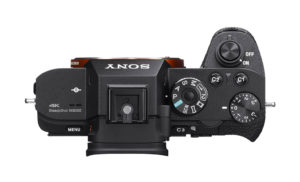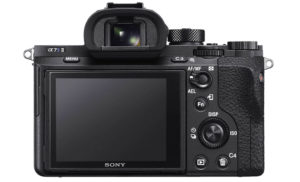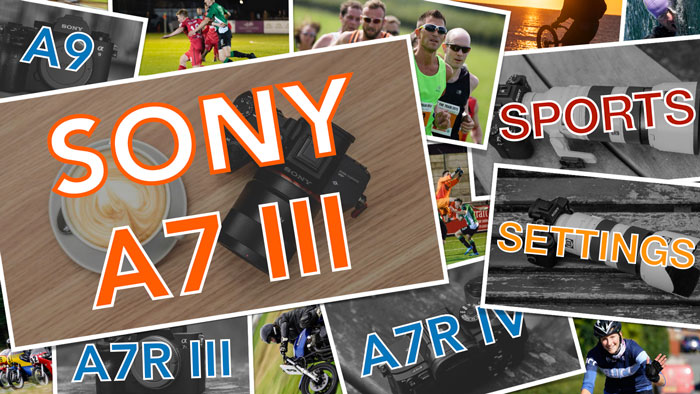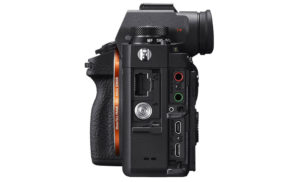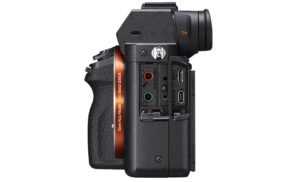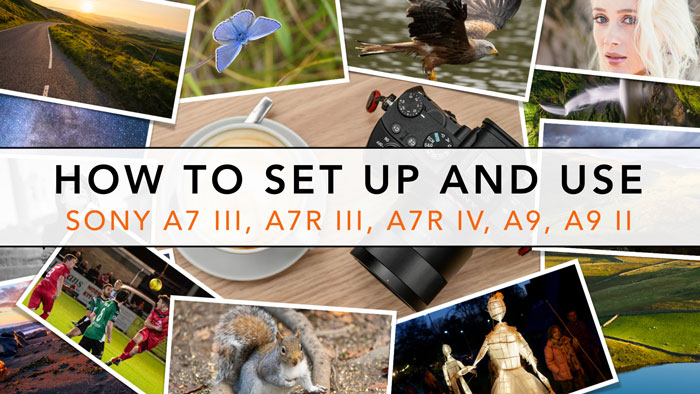Whatever your photographic or video-related needs – be they high resolution, excellent low-light performance, or speed and precision – you can be sure that as of 2017, there is a Sony full-frame E-mount camera to meet them.
Two of the most important models today are the flagship A9, which was announced in April 2017, and the 1 ½ year old A7s II. The former promises to be a game-changer for sports, action and wildlife thanks to its very quick continuous shooting speeds and advanced hybrid autofocus system, while the latter is what reviewers have called the ultimate “low-light beast” for stills and video recording.
Despite having a handful of characteristics in common such as a full-frame sensor, 4K video capabilities, and 5-axis in-body stabilisation, there are a number of ways in which the two models differ as we’ll discover in the following comparison preview.
As always, once we get the chance to test the two cameras side-by-side for an extended period, we will update this preview to a full comparison, complete with sample images and personal feedback. Let’s get started!
Sony A9 comparison previews:
A9 vs A7r mark II – A9 vs A7 mark II – A9 vs a6500 – A9 vs A99 mark II
Ethics statement: The information supplied in this article is based on the official specifications found on the Sony website and our personal experience with Sony E-mount cameras. We were not asked to write anything about these cameras, nor were we provided any compensation of any kind. Within the article, there are affiliate links. If you decided to buy something after clicking the link, we will receive a small commission. To know more about our ethics, you can visit our full disclosure page. Thank you!
1. Body, design and interface
Let’s kick off this comparison by looking at some of the physical differences between the two cameras.
The two cameras actually look very similar from the outside. The A9 is marginally heavier (673g vs 627g with the memory card and battery) but the dimensions are more or less identical. Both are completely dust and moisture resistant but sadly aren’t freeze proof. The grip on the A9 is a little deeper, which should help when using large lenses, and there also appears to be a stronger metal mount on the A9 as it features 6 screws instead of 4.
Next on the list are the several changes made to the button and dial layout. On top, the Scene and Panorama modes have been replaced by an extra memory recall option and the S&Q movie mode on the main PSAM mode dial. On the left, there is now a stacked dial to select the drive and focus modes with an unlock/lock button at the centre. To improve the tactile experience, the buttons on the A9 are also more embossed than on the A7s II.
On the rear of the A9, there is a new multi-selector (joystick) in addition to a re-designed control wheel. One Custom button (C3) has been moved to the left close to the Menu button, while the AF/MF/AEL lever has been replaced by separate buttons for AF-ON and AEL. The movie record button appears larger and is now found in a more comfortable position close to the EVF on the right.
Finally, professional photographers will be delighted to discover a dual SD card slot on the A9. One is a standard UHS-I slot while the other is UHS-II compatible. The A7s II, on the other hand, only has a single UHS-I compliant slot, making less capable of higher write speeds than its sibling.

2. Viewfinder and LCD screen
At first glance, the OLED electronic viewfinders of the two cameras appear quite similar. Located at the centre of the body, both are 0.5-inch types with a magnification of 0.78x, 100% field coverage, and an eyepoint of approximately 23mm.

The main difference concerns their resolution: 3686K dots on the A9 as opposed to 2359K dots on the A7s. In fact, the resolution of the A9’s viewfinder is so high that it is close to a 4K image.
The 3-inch rear LCD screen of both cameras can tilt up 107 degrees and down 40 degrees but once again, the resolution is a little higher on the A9 (1440K vs. 1228K dots). The A9’s screen also has the advantage of being touch sensitive, though you can only use it to move the AF point on-screen.
3. Sensor and processor
We mentioned at the beginning that both the A9 and A7s II have a full-frame sensor but this is where the similarities begin and end.
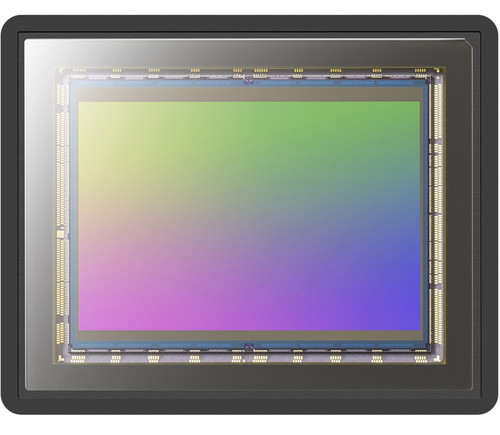
The A9 is equipped with a brand new stacked full-frame 24.2MP Exmor CMOS sensor with integral memory for a readout speed that is 20x faster than its predecessor, the A7r II. (There isn’t any concrete information about how it compares to the A7s II but it is certain to be faster.) With the mechanical shutter, its maximum sensitivity is ISO 51200 (native) or 204800 (expanded) thanks to its back-illuminated structure. Note that with the electronic shutter, the highest ISO value you can choose is 25600, while when shooting video, you have access to the full sensitivity range except for the extended 204800 value.
The Exmor CMOS sensor of the A7s II only has a resolution of 12.2MP but it more than makes up for it with an impressive maximum sensitivity of 102400 (native) or 409600 (expanded). This values apply for both stills and video recording and in our experience, the results are quite clean and useable up to 12800 or 25600 ISO depending on your personal tolerance for noise.
Coupled with both sensors is a high-speed BIONZ X image processing engine. According to Sony, the A9 has a newly developed image processing algorithm that helps the camera capture images with less noise across the sensitivity range. How it actually compares to the incredible low-light capabilities of the A7s II’s sensor has yet to be seen.
4. Autofocus performance
The A9 is the latest model to feature Sony’s advanced hybrid AF system. It features more AF points than any other camera – 693 phase detection and 25 contrast detection points to be exact – across 93% of the frame, and can make AF/AE calculations up to 60 times per second, which helps the camera lock onto and track erratically moving subjects with high speed and precision.
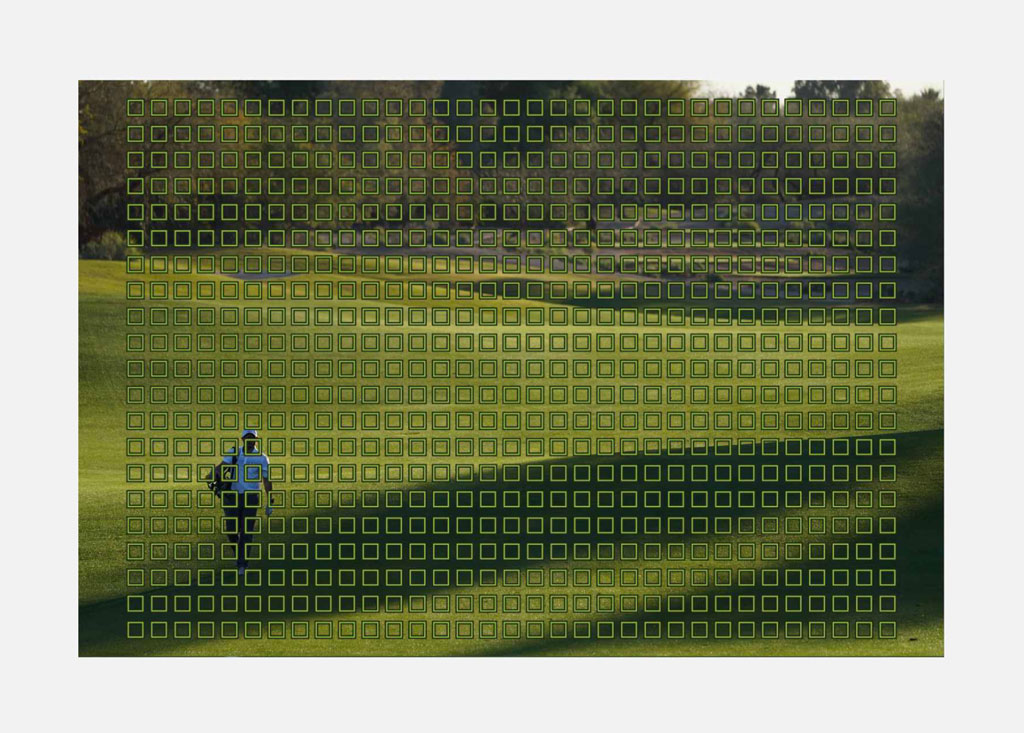
If our experience with the previous version of Sony’s advanced hybrid AF system is anything to go on, this new version should prove very effective for fast-moving subjects for both stills and video.
The A7s II, by comparison, wasn’t designed as an action camera and its autofocus specifications reflect this. It comes with a contrast detection AF system with 169 points across the frame. While testing the camera, we found that it has the tendency to mis-focus and can fail to lock onto the subject entirely.
Both have the same following focus area options: Wide, Centre, Flexible Spot, Zone, Expand Flexible Spot, and Lock-on AF.
Usefully, the A9 comes with a new Focus Area Recognition function that allows you to save and recall frequently used focus area settings. It should prove useful in situations where the ideal focus point or area frequently changes.
As for the minimum focus sensitivity range, the A7s II actually has a slight advantage since it starts from -4Ev while the A9 has a -3Ev minimum sensitivity.
5. Continuous shooting capabilities
One feature of the A9 that Sony has been emphasising more than any other is its continuous shooting capabilities.
Combined with the electronic shutter, the new flagship is able to reach speeds of up to 20fps with AF/AE tracking in Hi mode with either S-AF or C-AF. Even if you reduce the speed to Mid or Lo, you still get decent speeds of 10fps or 5fps respectively. Be aware that the speed is capped at 12fps if you shoot 14-bit uncompressed RAW files.
The A9’s continuous shooting capabilities with the mechanical shutter are far less impressive, with the fastest speeds being 5fps (Hi or Med) or 2.5fps in Lo mode. These specifications are actually identical to those of the A7s II, with the difference that on the older camera, they apply even when you switch over to the electronic shutter.
Also important to highlight is that the faster sensor readout of the A9’s electronic shutter should do a better job of suppressing rolling shutter than the A7s II. If this is indeed the case, the 20fps speed should prove quite useful for fast moving subjects.
6. Buffer capacity
A small but nonetheless significant difference for those who frequently shoot sports, action and wildlife is the buffer capacity of the two cameras.
The A9 is said to be capable of taking up to 362 Extra Fine JPGs or 241 RAW frames in a burst, depending of course on the memory card, lens and continuous shooting speed used. By contrast, the A7s II is capable of taking only 64 Extra Fine JPGs or 24 RAW frames in a burst.
7. Shutter speed
The A9 and A7s II both use an electronically controlled, vertical-traverse focal plane type shutter that is supposed to produce less vibration-induced blur than previous shutters.
Both also come with an electronic first curtain option, as well as a silent shutter as mentioned above.
The main difference concerns their speed. Whereas the A9 has a maximum mechanical shutter speed of 1/8000s and a maximum electronic shutter speed of 1/32,000s, the A7s II is limited to 1/8000s with both the mechanical and electronic shutter. This is a big advantage if you often shoot action or need to use wide apertures in bright conditions.
8. Video capabilities
The A7s mark II has been designed for video more than stills and this is why Sony chose a lower resolution sensor with 12MP. One of the advantages is its extreme sensitivity in low light, and the camera has become so popular for video that even the BBC uses it. Naturally the camera can record 4K up to 30fps and 100mbps with the XAVC S codec. It does this with full pixel readout using the entire sensor which means there is no crop. The entire sensitivity range is available for video and can go from ISO 100 to ISO 409600. In full HD, the A7s II can shoot up to 120fps although it does this with a heavy 2.2x crop.
The A9 can shoot in 4K with full pixel readout and no sensor crop as well. It uses the equivalent of 6K from the sensor (20MP more or less) and downscales it to 4K to render crisper details. It features a Slow and Quick motion mode where you can choose a frame rate from 1fps to 120fps.
The A7s II includes lots of settings that are video related such as picture profiles, S-log2 and S-log3, timecode, zebra pattern, Gamma Display Assist and more. Surprisingly, Sony decided not to give similar options to the A9 despite its excellent video capabilities.
9. Battery type
One of the most exciting features of the new A9 is undoubtably the NP-FZ100 battery that was announced alongside it. Sony states that one one charge, you can take up to 480 shots with the viewfinder or 650 shots with the LCD. As for video, it is possible to film for up to 120 minutes with the LCD.
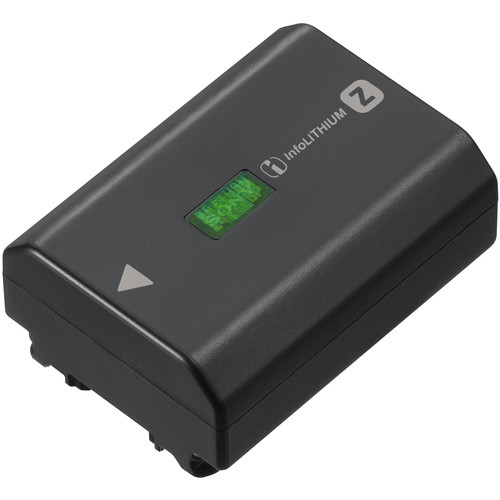
This is a big improvement over the old NP-FW50 battery which, according to the official A7s II specifications, can only manage 310 shots with the viewfinder, 370 shots with the LCD and up to 60 minutes of continuous video recording (LCD).
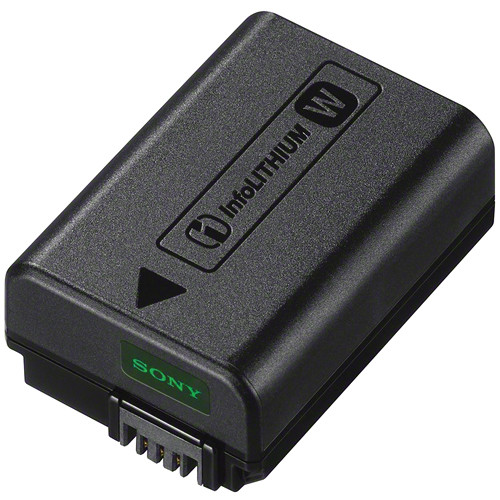
An optional vertical battery grip is available for both cameras: the VG-C3EM for the A9 and the VG-C2EM for the A7s II. Both are dust and moisture resistant, house two batteries, and come with various extra controls but as you might have guessed, the newer grip only accepts the new NP-FZ100 batteries.
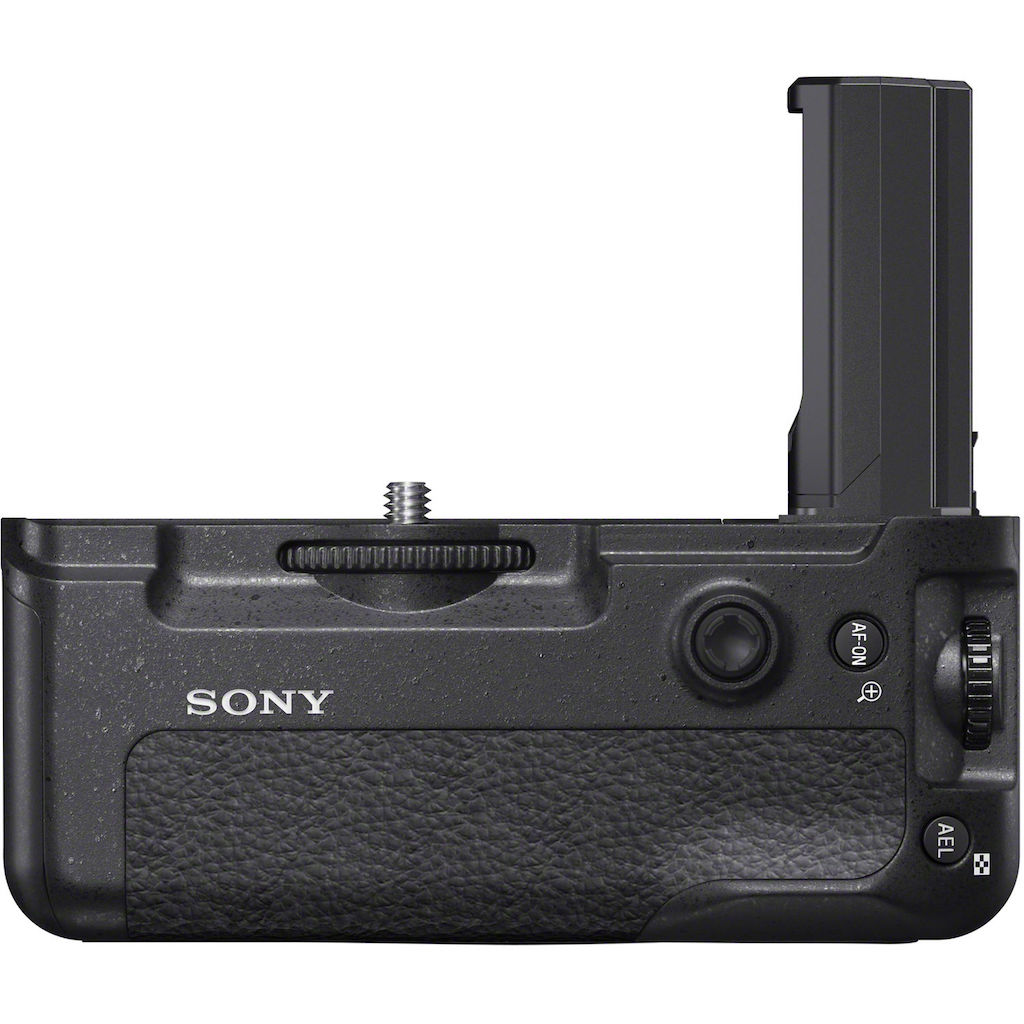
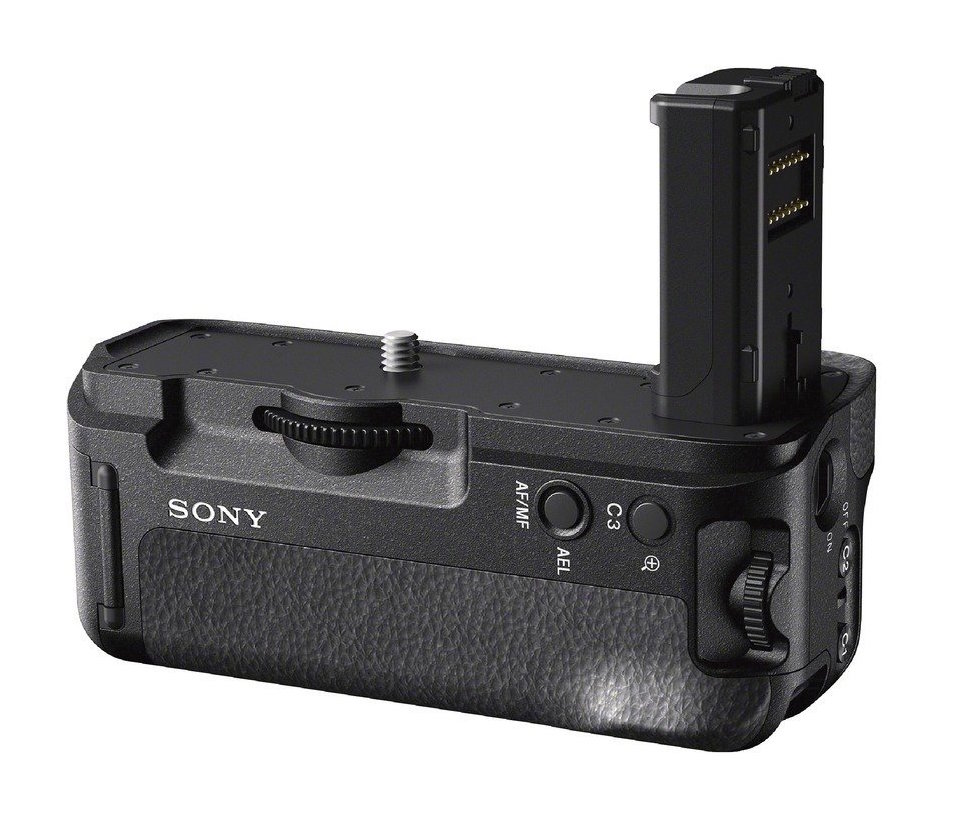
10. Extra features
The A9 comes with a few extra features that weren’t given to the A7s II, which is only natural given the price and age gap between the two cameras.
The A9 is the first Sony camera to come with a new LAN terminal with which you can transfer still images to a specified FTP server for viewing and management. It gives you the highest possible transfer speeds for large image files, making it the ideal solution for studio work. Usefully, the image files can be encrypted with SSL or TLS whilst being transferring, giving you the highest level of security.
The A9 also includes a flash sync port. A Multi/Micro USB 2.0 port, a Micro HDMI with 4:2:2 8-bit output, a microphone input and a headphone output are found on both cameras.
Wireless connections include NFC and Wifi on both but Bluetooth, which is useful for geotagging, is only found on the A9.
Then we have enhanced P-TTL flash metering which works when an optional flash unit is attached to the camera. Simply put, it suppresses under and overexposure caused by the presence of very dark or light objects in the frame.
Finally, the A9 comes with Sony’s new menu system which is a little more organised than the old menu system found on the A7s II. There is also a My Menu page where you can save your favourite settings.
Conclusion
If we failed to give the price gap due attention within the article, it is only because it is one of the most significant differences and deserves to be saved for the conclusion.
The new A9 body is expected to retail for around $4500 in the US, which is $1800 more than the current retail price of the A7s II body.
Is the A9 worth the extra investment? Well, a lot will depend on just how well the camera’s anti-distortion shutter manages to suppress the effects of rolling shutter with fast-moving subjects since many of the camera’s top features, including its 20fps continuous shooting speed, rely on it.
There are also other noteworthy advantages that professionals will appreciate, such as the dual SD card slot, more powerful battery, touch screen and high-resolution electronic viewfinder.
Of course, it is important to weigh these advantages against your personal needs as well. If you are a professional photographer whose main niche is sports, action or wildlife, the A9 is a no-brainer. But if your main interest is video work, especially in very poor light conditions, you may find the A7s II more suitable owing to its dedicated picture profiles and video-oriented settings.
Check price of the Sony A9 on
Amazon | Amazon UK | B&H Photo | eBay
Check the price of the Sony A7s II on
Amazon | Amazon UK | B&H Photo | eBay

